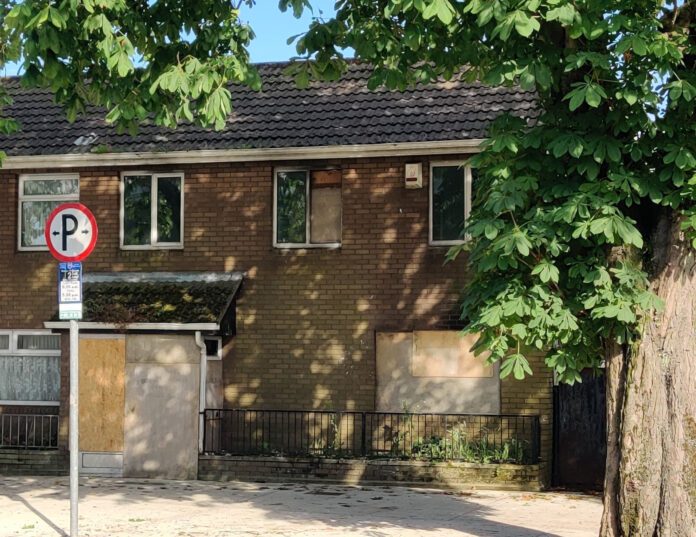
HOW can the Government’s priorities be so skewed as to have more than 200 vacant council properties in Limerick at a time when there’s an unprecedented housing crisis?
This was the question posed to Minister of State for Housing Malcolm Noonan by Sinn Féin Senator Paul Gavan in the Seanad this week.
He was commenting on a recent survey undertaken by the Sunday Independent newspaper which showed that 190 of 207 vacant homes owned by Limerick City and County Council were unavailable for occupancy last October.
One of the unoccupied houses has been vacant since December 2004.
The Castleconnell-based politician said: “We currently have 2,342 approved applications for housing in Limerick. In addition, we have 335 transfer applications, 2,479 people on housing assistance payments and 735 on the rental assistance scheme.
“That gives us a total of 5,891 people on the housing list as of last September – a truly shocking total that does not fully demonstrate the extent of the housing crisis in Limerick because, as I hope the Minister of State will acknowledge, thousands more are excluded from qualifying for public housing because of the ridiculously low income threshold still in place under this Government.”
Senator Gavan went on to point out that as of November last, there were 246 homeless people in Limerick and 46 families homeless in the Mid West, comprising 56 adults and 77 children.
“The majority of those who are homeless are aged between 25 and 44 years. There are two issues. In most cases, they are not seen as a priority because they do not have children. Second, they are being priced out of the market by excessive rents. The average price for a one-bedroom apartment in Limerick City is now €999 per month. The average price for a three-bedroom house is now €1,277, an increase of eight per cent over the past year. The average cost of renting a single room in Limerick city centre is now €464, up a shocking 21 per cent on a year ago,” he pointed out.
“I understand that Limerick City and County Council is currently leasing 164 properties from vulture funds that, thanks to this Government, will collect rent tax free for the next 25 years. At the end of that period, not one single property will transfer into local authority ownership. Again, I have to ask the Minister of State about the Government’s priorities. Why is it choosing to fund the leasing of homes from vulture funds rather than repairing and restoring council-owned houses?” he inquired.
“More money is being pumped into an overheated private sector housing market rather than pumping it into council-owned properties that could provide rental income for Limerick City and County Council. The people of Limerick are genuinely wondering why we have so many vacant council properties in the midst of the worst housing crisis in the record of the State.”
In response, Minister Noonan said that addressing vacancy and maximising the use of existing housing stock is a primary objective of the Government.
“Since 2014, Exchequer funding has been provided through the Department’s voids programme to support local authorities in preparing vacant units for re-letting. This funding was introduced to tackle long-term vacant units and is now targeting local authorities to ensure minimal turnaround and re-let times for vacant stock,” he said.
Limerick City and County Council received €7.6 million in funding from 2014 to 2021, supporting the return of 505 properties to use.
“Local authorities will always have a level of vacancy in their housing stock. This will fluctuate over time, as tenancy surrender and re-letting of stock is an ongoing process,” he told Senator Gavan.
“The Department has been providing support for an ambitious regeneration project in Limerick city since 2007, with a cumulative investment of more than €417 million to date. The Limerick regeneration framework implementation plan adopted by the council in 2014 provided a roadmap for the physical, social and economic regeneration of the target areas. It proposed the refurbishment of more than 1,400 existing social and private houses.
“More than 1,100 refurbishments have been completed to date under the thermal upgrade programme. These actions, along with investment in social, economic and physical regeneration being implemented under the Limerick regeneration framework implementation plan are making a real difference to the communities in the regeneration area. The buy and renew scheme along with the repair and leasing scheme are also valuable tools available to local authorities to tackle vacancy and provide social housing.”


